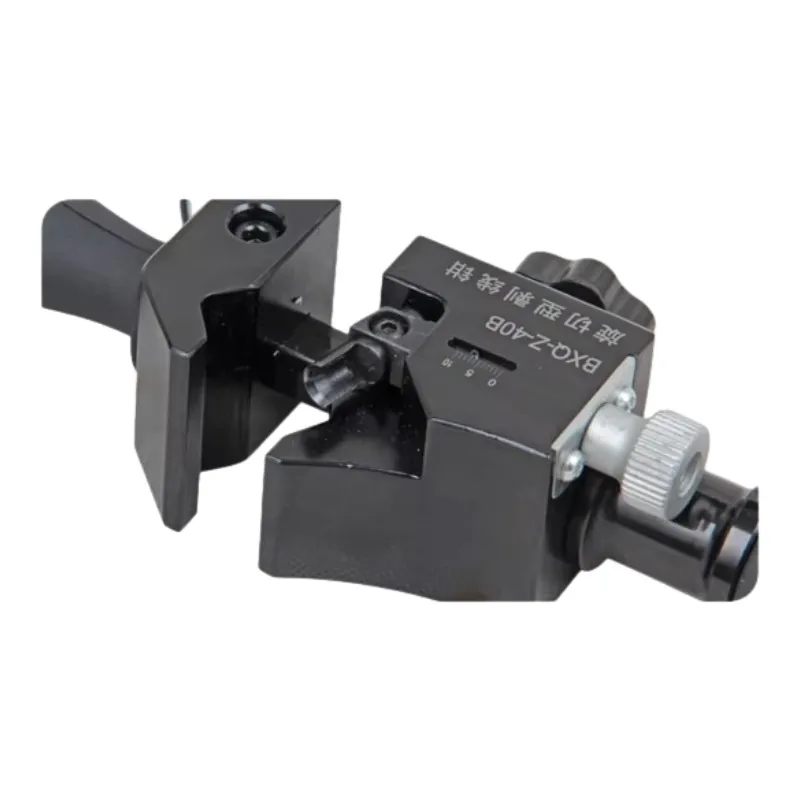
-
 Afrikaans
Afrikaans -
 Albanian
Albanian -
 Amharic
Amharic -
 Arabic
Arabic -
 Armenian
Armenian -
 Azerbaijani
Azerbaijani -
 Basque
Basque -
 Belarusian
Belarusian -
 Bengali
Bengali -
 Bosnian
Bosnian -
 Bulgarian
Bulgarian -
 Catalan
Catalan -
 Cebuano
Cebuano -
 Corsican
Corsican -
 Croatian
Croatian -
 Czech
Czech -
 Danish
Danish -
 Dutch
Dutch -
 English
English -
 Esperanto
Esperanto -
 Estonian
Estonian -
 Finnish
Finnish -
 French
French -
 Frisian
Frisian -
 Galician
Galician -
 Georgian
Georgian -
 German
German -
 Greek
Greek -
 Gujarati
Gujarati -
 Haitian Creole
Haitian Creole -
 hausa
hausa -
 hawaiian
hawaiian -
 Hebrew
Hebrew -
 Hindi
Hindi -
 Miao
Miao -
 Hungarian
Hungarian -
 Icelandic
Icelandic -
 igbo
igbo -
 Indonesian
Indonesian -
 irish
irish -
 Italian
Italian -
 Japanese
Japanese -
 Javanese
Javanese -
 Kannada
Kannada -
 kazakh
kazakh -
 Khmer
Khmer -
 Rwandese
Rwandese -
 Korean
Korean -
 Kurdish
Kurdish -
 Kyrgyz
Kyrgyz -
 Lao
Lao -
 Latin
Latin -
 Latvian
Latvian -
 Lithuanian
Lithuanian -
 Luxembourgish
Luxembourgish -
 Macedonian
Macedonian -
 Malgashi
Malgashi -
 Malay
Malay -
 Malayalam
Malayalam -
 Maltese
Maltese -
 Maori
Maori -
 Marathi
Marathi -
 Mongolian
Mongolian -
 Myanmar
Myanmar -
 Nepali
Nepali -
 Norwegian
Norwegian -
 Norwegian
Norwegian -
 Occitan
Occitan -
 Pashto
Pashto -
 Persian
Persian -
 Polish
Polish -
 Portuguese
Portuguese -
 Punjabi
Punjabi -
 Romanian
Romanian -
 Russian
Russian -
 Samoan
Samoan -
 Scottish Gaelic
Scottish Gaelic -
 Serbian
Serbian -
 Sesotho
Sesotho -
 Shona
Shona -
 Sindhi
Sindhi -
 Sinhala
Sinhala -
 Slovak
Slovak -
 Slovenian
Slovenian -
 Somali
Somali -
 Spanish
Spanish -
 Sundanese
Sundanese -
 Swahili
Swahili -
 Swedish
Swedish -
 Tagalog
Tagalog -
 Tajik
Tajik -
 Tamil
Tamil -
 Tatar
Tatar -
 Telugu
Telugu -
 Thai
Thai -
 Turkish
Turkish -
 Turkmen
Turkmen -
 Ukrainian
Ukrainian -
 Urdu
Urdu -
 Uighur
Uighur -
 Uzbek
Uzbek -
 Vietnamese
Vietnamese -
 Welsh
Welsh -
 Bantu
Bantu -
 Yiddish
Yiddish -
 Yoruba
Yoruba -
 Zulu
Zulu


Dec . 15, 2024 12:00 Back to list
hoist chain block
Understanding Hoist Chain Blocks Key Features and Uses
In the realm of heavy lifting and material handling, hoist chain blocks play a pivotal role in increasing efficiency and safety. These mechanical devices are widely utilized in various industries, including construction, manufacturing, and logistics, to lift and lower heavy loads with precision and ease. This article delves into the essential features, functions, and applications of hoist chain blocks, shedding light on why they are indispensable in modern work environments.
What is a Hoist Chain Block?
A hoist chain block, often referred to simply as a chain hoist, is a manually operated lifting device that uses a chain to lift heavy objects. It comprises several key components, including a chain, a lifting mechanism, a hook, and a frame. The operation of a chain block is straightforward the user pulls on the hand chain, which engages the lifting mechanism to raise or lower the load attached to the hook.
Key Features of Hoist Chain Blocks
1. Load Capacity Hoist chain blocks come in various load capacities, ranging from a few hundred kilograms to several tons. This versatility allows them to be used in a wide range of applications, from lifting small equipment to moving heavy machinery.
2. Durability Constructed from high-quality materials, such as steel and alloy, chain blocks are designed to withstand harsh working conditions. Their robust design ensures longevity and reliability, even in demanding environments.
3. Compact Design The compact and lightweight construction of hoist chain blocks makes them easy to transport and store. This feature is advantageous for businesses that require mobility and flexibility in their operations.
4. Safety Features Modern hoist chain blocks come equipped with various safety features, such as overload protection, safety latches, and reliability tests. These features prevent potential accidents and ensure that loads are lifted securely.
hoist chain block

5. Ease of Use Operating a hoist chain block does not require extensive training. The simple pull-and-lift mechanism allows operators to navigate the device with minimal effort and time, thereby enhancing productivity.
Applications of Hoist Chain Blocks
The versatility of hoist chain blocks makes them suitable for numerous applications
- Construction Industry In construction sites, chain blocks are essential for lifting building materials, equipment, and heavy structures. Their ability to lift loads to great heights with precision makes them invaluable for high-rise projects.
- Manufacturing In manufacturing facilities, hoist chain blocks assist in moving heavy parts and equipment along assembly lines, ensuring a smooth workflow and efficiency in production processes.
- Warehousing and Logistics These devices are used to lift and position heavy goods in warehouses, enabling workers to organize storage effectively and ensure safe handling of products.
- Maintenance Services In maintenance and repair operations, hoist chain blocks can be used to lift engines, car parts, and other heavy components, facilitating easier access and repairs.
Conclusion
Hoist chain blocks are essential tools in various industries, providing a reliable means of lifting and handling heavy loads. Their key features, including durability, safety mechanisms, and ease of use, make them indispensable for enhancing productivity and ensuring workplace safety. As industries continue to evolve, the demand for efficient material handling solutions will likely increase, further solidifying the role of hoist chain blocks in modern operations. For anyone involved in heavy lifting, understanding the benefits and applications of hoist chain blocks is crucial for ensuring efficient and safe practices in the workplace.
Latest news
What Are Construction Tools and How Are They Used?
NewsJul.11,2025
Professional-Grade Duct Rodding Tools for Superior Cable Installation
NewsJul.11,2025
Enhancing Safety and Efficiency with Modern Hot Stick Solutions
NewsJul.11,2025
Empowering Cable Installation with Advanced Rodder Solutions
NewsJul.11,2025
Elevate Your Cable Installation Projects with Cable Pulling Tools
NewsJul.11,2025
Efficient Cable Handling Solutions: Cable Rollers for Sale
NewsJul.11,2025











